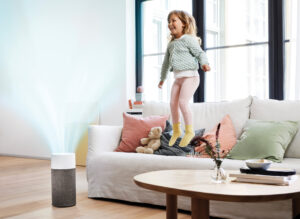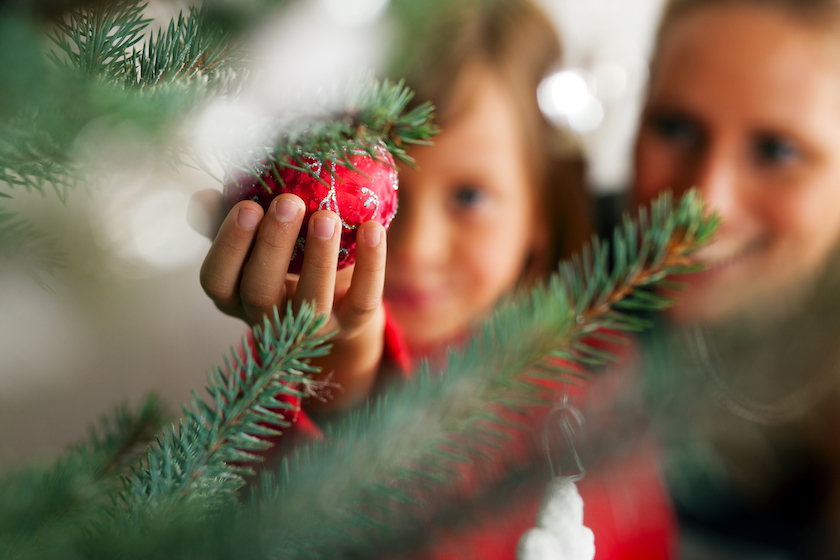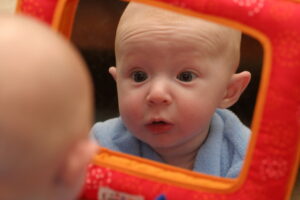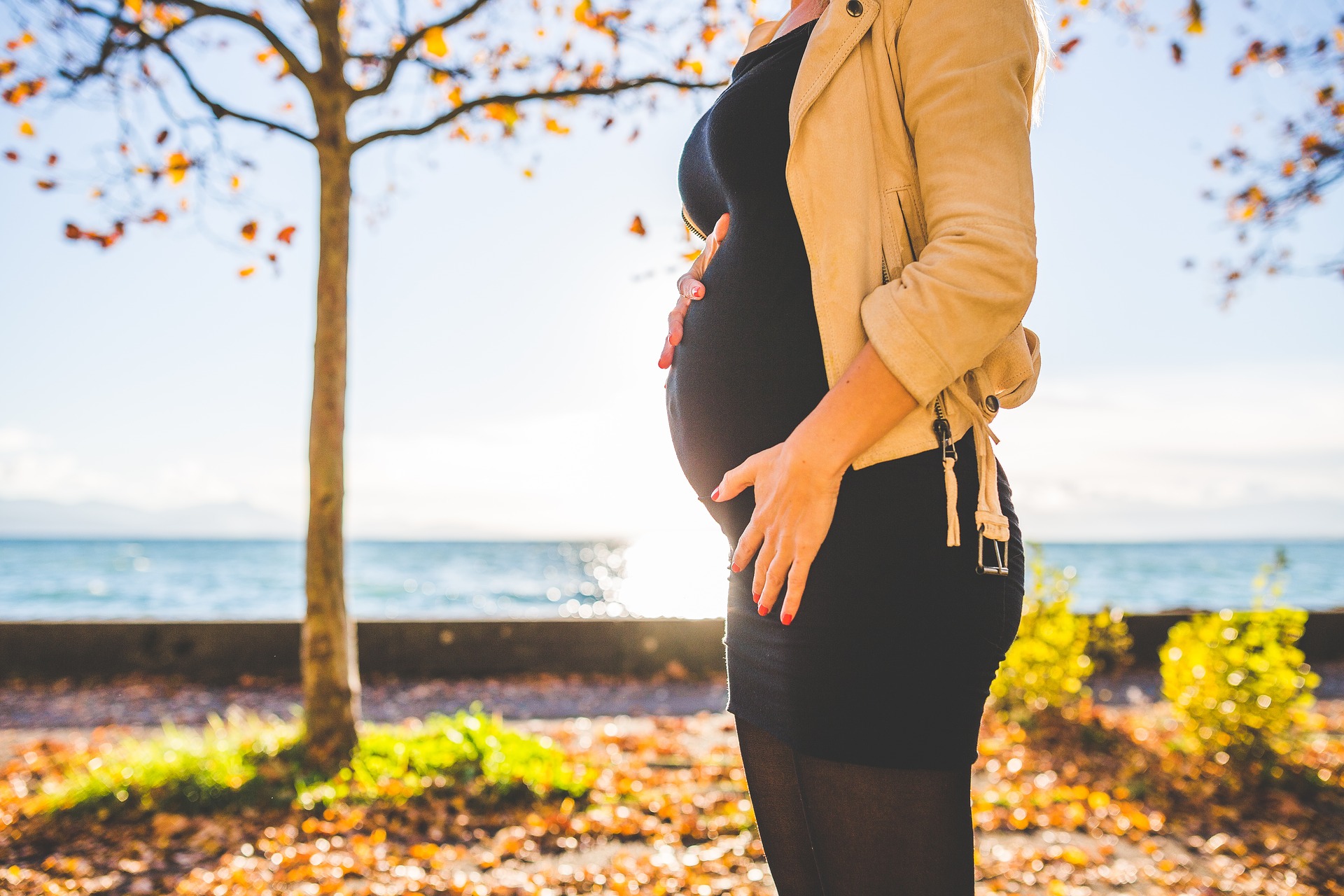
Say Goodbye to Spring Allergies: How Air Purifiers Can Help Conscious Parents
As the buds bloom and nature awakens from its winter slumber, spring brings with it a vibrant burst of life. However, for many, this seasonal
Call us on 0333 015 4345 or email hello@theconsciousparent.co.uk

Can you be allergic to Christmas trees?
If you or your children get itchy or sniffly over the Christmas period, it might be due to a Christmas tree allergy.
If you use a real tree for your Christmas tree, it can increase the levels of pollen and mould in your home. Both of these are common allergens that can cause a number of problems, including:
Dust is another cause of Christmas time allergies. Your Christmas tree itself can harbour dust. But so can your Christmas decorations.
Decorations are bound to pick up a lot of dust after you keep them in storage for a whole year. So when you take them out again, you’ll introduce a lot of dust into your home’s atmosphere. And once you hang them on the tree and around the home, you’ll create a lot more surfaces for dust to settle on.
Artificial Christmas trees may not introduce mould and pollen to the home like real trees. But they can still harbour dust, which can trigger allergies. Also, some artificial Christmas trees are made from PVC. PVC can emit toxins into the air, which can lead to lung irritations.
Here are some tips for managing and reducing allergies at Christmas time:
As we’ve seen that Christmas tree allergies are often caused by mould, dust, and pollen. If you suspect it could be a particular one of these, we also have dedicated guides for managing each of these allergies in your home:
Regular cleaning can address the dust that accumulates on the surfaces in your house. But allergens like mould and pollen are problematic because they circulate in your indoor air.
You could open a window to ventilate your rooms and allow the air to circulate. But that might not be an option in the cold winter months.
So instead, consider investing in an air purifier for your home.
Even a small HEPA filter can remove up to 99.97% of the most common household allergens, including mould, dust mites, pollen, pet dander, and even viruses and bacteria. A good air purifier can completely filter any room in your house once every 12.5 minutes, allowing you to breathe easy throughout the Christmas period and beyond.
Read our guide to improving the air quality in your home.
Also take the time to browse our range of air purifiers for the home.

As the buds bloom and nature awakens from its winter slumber, spring brings with it a vibrant burst of life. However, for many, this seasonal

Babies don’t develop self-awareness until they’re around two years old. At around this time, they’ll come to realise that they’re seeing themselves when they look

The Conscious
Parent Company
G4 Business Centre
19-21 Carlisle Street East
Sheffield S4 7QN
0333 015 4345
hello@theconsciousparent.co.uk
